Let's look at two paintings on the subject of this pivotal event in history.
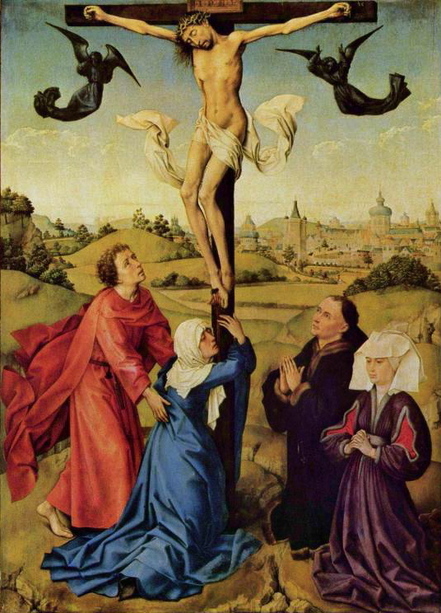
Rogier van der Weyden
Crucifixion (center panel of triptych)
oil on panel
1445
Early Netherlandish artist, Rogier van der Weyden, includes in the scene the couple who commissioned the painting. They kneel at the Cross, and they wear the clothing of their own time, while Mary and the Apostle John wear clothing the artist thought appropriate to their own time. Jesus' mother and His friend are distraught. She clings to the Cross in sorrow. The apostle comforts her as he stares, stunned, at the death of his Teacher. In contrast, the husband, kneeling, his hands in prayer position, looks directly and calmly at his Saviour. The wife, her hands clasped, seems to gaze somewhere out of the picture. Rather than sorrowful, the couple appear to be in a state of contemplation. In the far background, see a city. I haven't done the research, but I suspect it is the city of Brussells, since Rogier was the official painter of the city.
Of course, the artist knew Jesus was not crucified outside of Brussells. And that this couple were not present at Golgotha. The past reverberates into the present. The present looks back into the past.
Now, let's consider a painting from the 20th Century.
James B. Janknegt
Crucifixion at Barton Creek Mall
Acrylic on canvas
1985
On Wednesday, February 6, 1985, an article appeared in the Austin American-Statesman. I will quote the first paragraph: "For the second time in less than a month, art exhibited in the lobby of a downtown office building has been removed because of the objections of the chairman of the board of First City National Bank." The artwork that chairman John Scurlock objected to was titled The Crucifixion at Barton Creek Mall. Mr. Scurlock said of this painting, "It was kind of like a crucifixion hoax. It might be a very meaningful picture. I don't know."
The title of this exhibit was Contemporary Altarpieces: Art for Religious Places. Mark Smith, the curator of the exhibits held at this building quit in protest and moved the exhibit to a gallery. "Nobody with any integrity at all is going to operate a censored program," he said.
"I certainly did not paint that painting to offend anyone, I wanted to transpose the traditional Crucifixion into a contemporary setting." In explaining the painting to sympathetic columnist Mike Kelley, he said, "'Eat here" refers to transubstantiation, the wafer, the body of Christ. "No vacancy" is sort of like there's no room here for someone the stature of Christ: the whole basis for the Crucifixion. "Open 24 hours" is the idea of God's omnipresence. It's pretty traditional ideas being expressed in a non-traditional way."
Mike Kelley ended his column: "If you are afraid you might see something controversial and are quite content with fields of bluebonnets and Western landscapes, well, you're smart enough to figure out where to find those, aren't you?"
I have an art history degree, so I was astonished at the ruckus! I remember explaining to a friend how this work fit into the history of Christian art. She was astonished. "But, I thought it was making fun of the Crucifixion!"
Americans have little sense of history in the first place. And the history of art is almost a total blank. I blame the state of art education in our schools. That is to say, the lack of art education. Alas, I do not expect it to improve. Budget cuts hit the arts first.
And, o how I wish people would not reflexively take offense without checking things out. Perhaps we should all take this verse from the New Testament to heart: "Wherefore, my beloved brethren, let every man be swift to hear, slow to speak, slow to wrath..." (James 1:19, KJV).
To learn more about James B. Janknegt and his works, click on this link:
http://uts.cc.utexas.edu/~janknegt/religiousindex.html
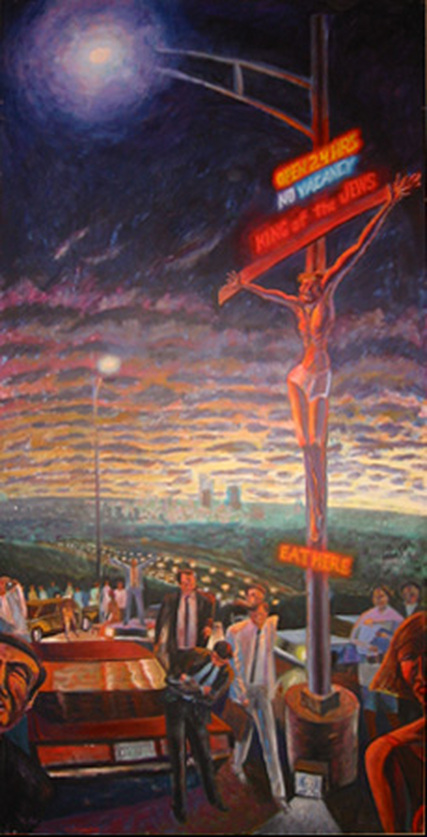


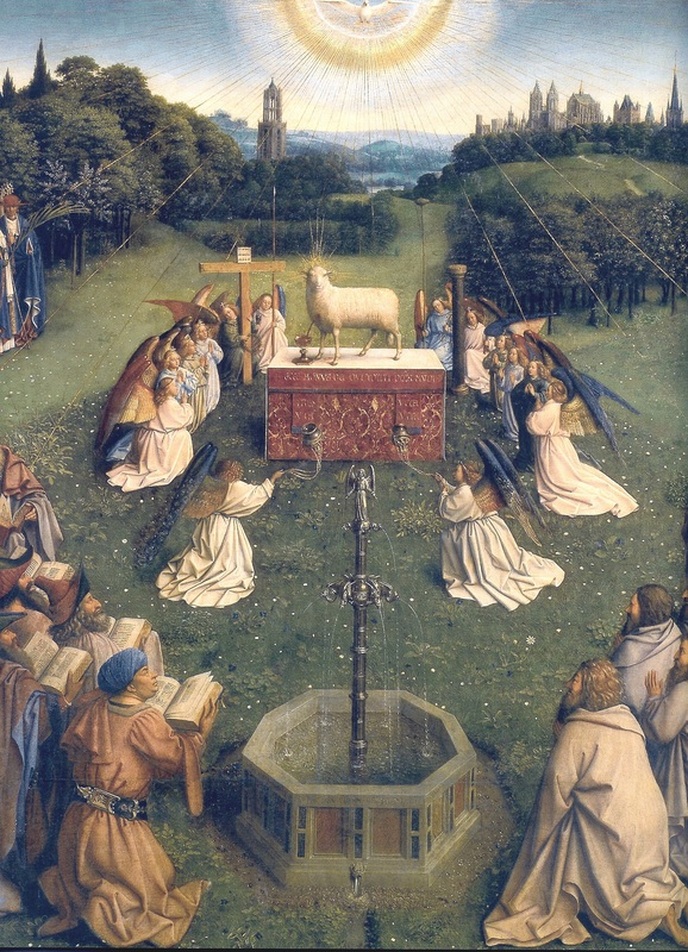
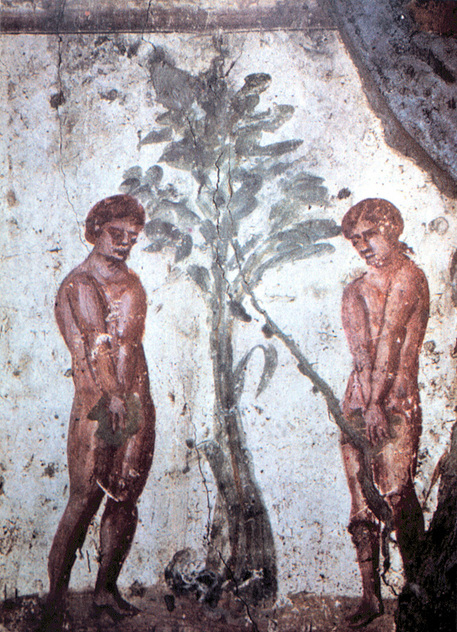
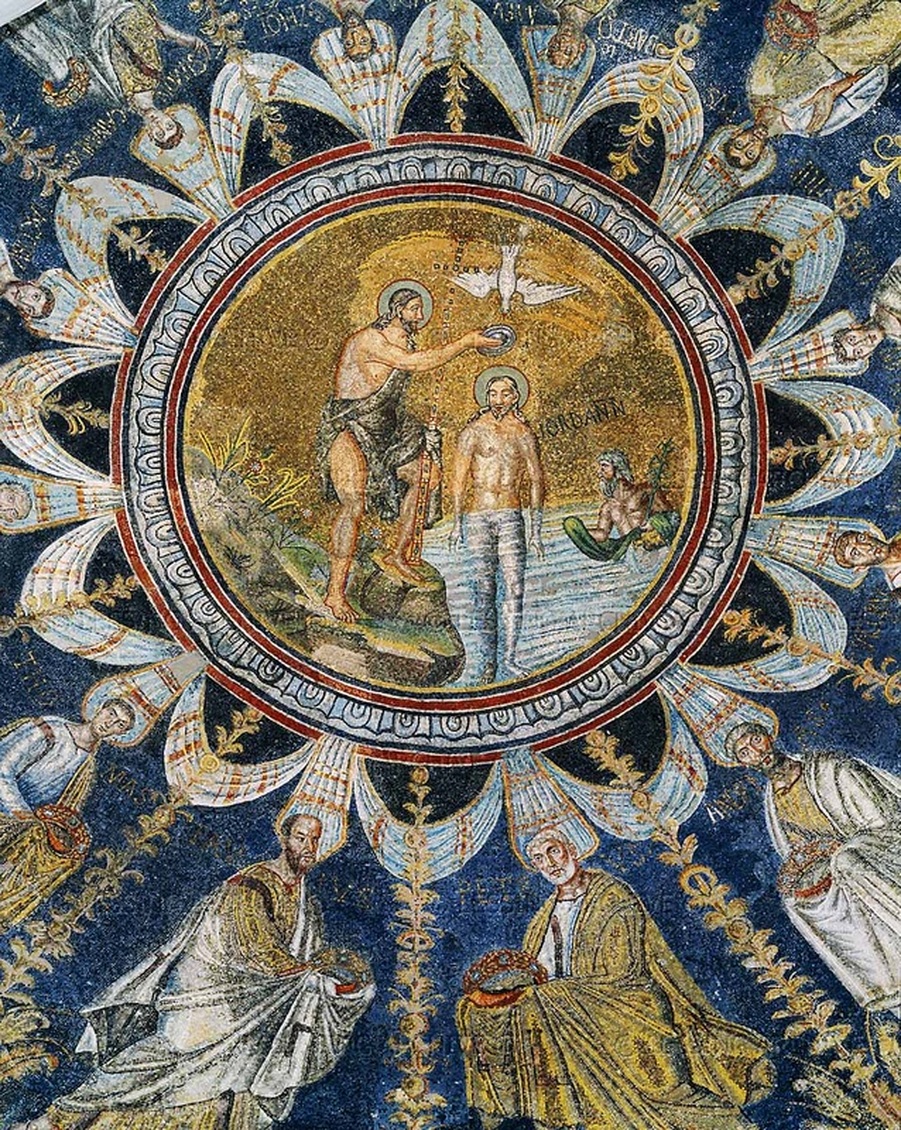
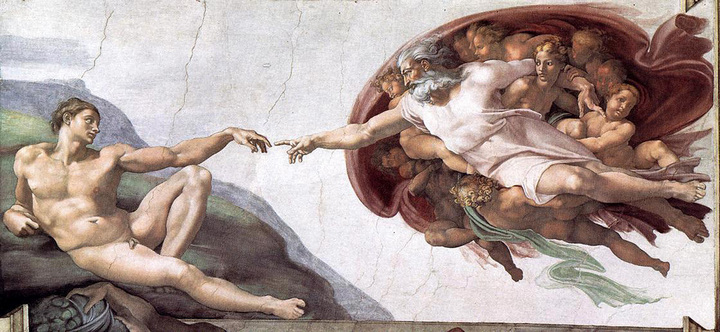

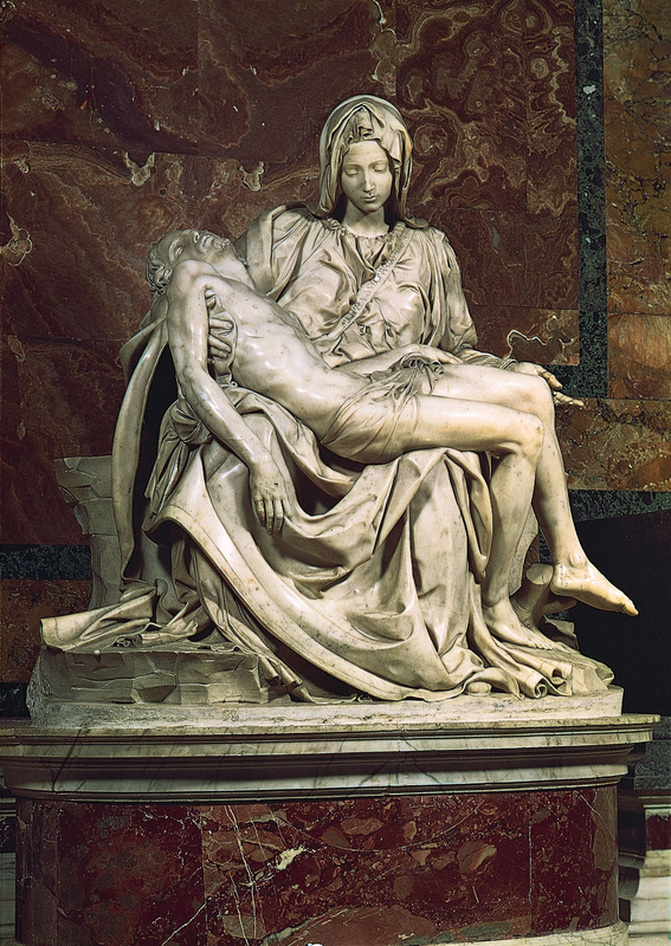
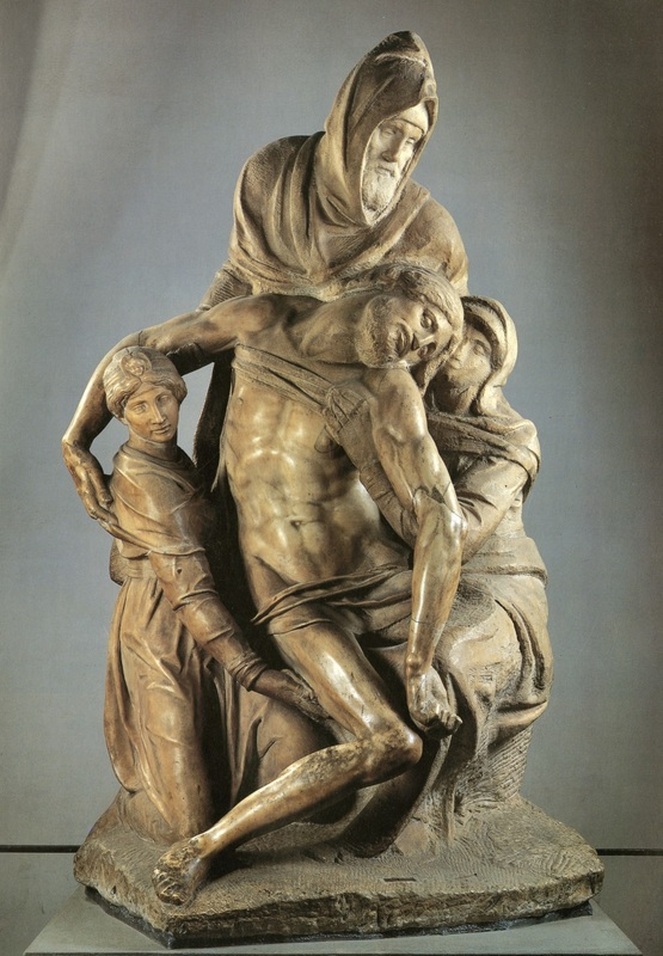
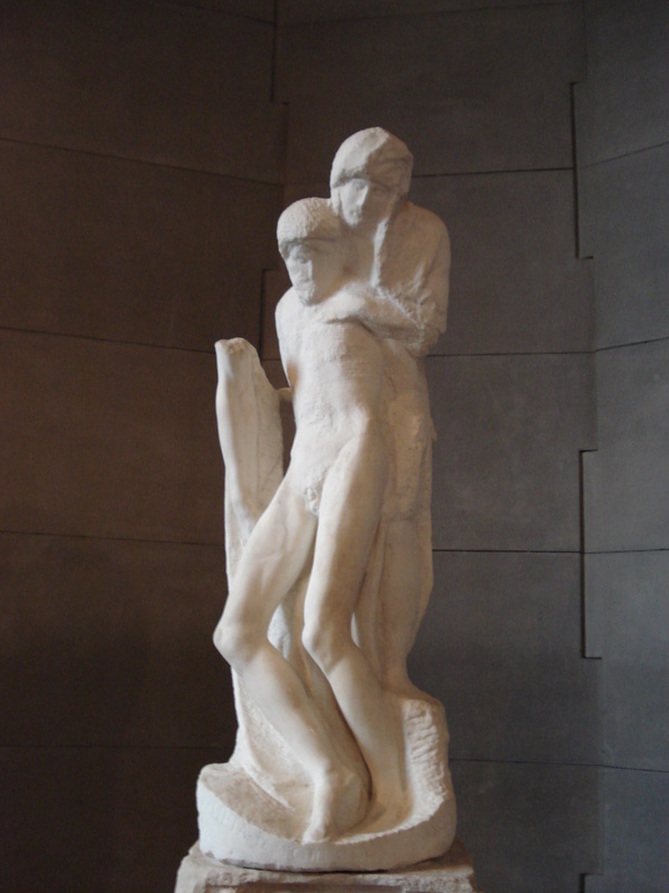
 RSS Feed
RSS Feed